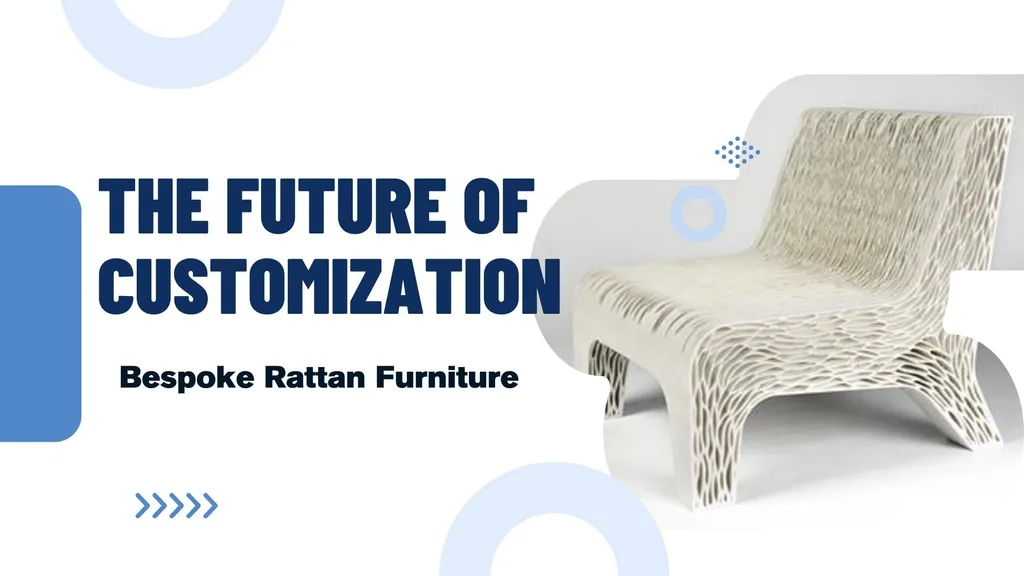Contents

In today’s eco-conscious world, bamboo products have surged in popularity, driven by their sustainability and versatility. From construction to fashion, bamboo’s resilience and eco-friendly properties have made it a preferred material, fueling a dynamic global market. This blog explores the leading players, regional trends, and competitive strategies shaping the bamboo products industry, highlighting its growth and future potential.
Key Players in the Bamboo Products Market
The bamboo products market thrives on innovation and sustainability, with key players carving out niches across diverse sectors. Companies like MOSO International BV lead in Europe with sustainable building materials, offering bamboo flooring and composites that align with strict environmental standards. Shanghai Tenbro Bamboo Textile Company dominates Asia’s textile market, producing eco-friendly fabrics prized for their antimicrobial properties. Bamboo Village Company blends traditional craftsmanship with modern design, appealing to global consumers seeking sustainable lifestyle products. In North America, Smith & Fong’s Plyboo brand excels in architectural applications, while Pappco Greenware pioneers biodegradable packaging, addressing the demand for plastic alternatives. These companies leverage bamboo’s unique properties to drive innovation and sustainability.
Regional Market Dynamics
North America
North America’s bamboo market is fueled by consumer demand for sustainable living and green construction. Urban development and policies in states like California promote bamboo in building codes, boosting its use in flooring, utensils, and infrastructure. Smith & Fong leads by supplying eco-friendly materials for high-profile projects, capitalizing on the region’s environmental consciousness.
Europe
Europe’s bamboo market benefits from progressive green policies like the European Green Deal. MOSO International BV thrives by offering sustainable construction materials and furniture, meeting the region’s demand for durable, eco-friendly products. The focus on low-impact living drives bamboo’s popularity in home décor and architecture.
Asia-Pacific
As a bamboo cultivation hub, Asia-Pacific dominates production, with China and India leading through government-backed initiatives. Shanghai Tenbro excels in textiles, while Kerala State Bamboo Corporation blends traditional methods with modern applications, serving both local and global markets. Bamboo’s cultural significance and versatility ensure its strong regional presence.
Middle East and Africa
These regions are emerging markets for bamboo, driven by sustainable construction and reforestation efforts. The Middle East uses bamboo in eco-friendly buildings, while Africa leverages its cultivation potential to combat deforestation. Collaborations with local enterprises enhance bamboo’s accessibility and market growth.
Latin America
Latin America’s rich bamboo reserves, particularly in Brazil, support a vibrant market. Government initiatives promote bamboo as a sustainable alternative to wood, used in décor and utility products. Bamboo Village Company’s innovative solutions highlight the region’s potential for eco-conscious growth.
Competitive Strategies
Product Diversification
Leading players diversify their portfolios to capture broader markets. MOSO and Shanghai Tenbro expand into packaging and textiles, while Pappco Greenware focuses on biodegradable solutions. Multi-channel distribution, including e-commerce, enhances reach, with brands using storytelling to build consumer trust and loyalty.
Innovation and Technology
Technological advancements drive the bamboo industry, with innovations like engineered bamboo composites enhancing durability and versatility. Shanghai Tenbro’s antimicrobial fabrics and MOSO’s construction materials showcase bamboo’s potential, while digital tools like virtual showrooms boost consumer engagement.
Sustainability Practices
Sustainability is central to the industry, with companies sourcing bamboo from responsibly managed plantations and using certifications like FSC to ensure eco-compliance. EcoBamboo Creations employs closed-loop manufacturing to minimize waste, aligning with consumer demand for transparent, green practices.
Market Share by Product Type and Sales Channels
Industrial Products: Driven by sustainable packaging, this segment holds significant market share, projected to exceed USD 23.61 billion.
Furniture: With a 25.7% share, bamboo furniture appeals for its elegance and sustainability.
Raw Materials: Essential for construction, raw materials benefit from demand for innovative timber solutions.
Sales channels include hypermarkets, online stores, and specialty retailers, with e-commerce gaining traction. Brand loyalty, built on quality and sustainability, strengthens market positions, as seen with Pappco Greenware’s eco-focused outreach.
Emerging Players and Future Outlook
New entrants disrupt the market by targeting niche segments and leveraging technology. Established players face challenges like complex supply chains but maintain dominance through brand legacy and innovation. Opportunities lie in advanced bamboo applications, from bio-resins to fashion, supported by government incentives for sustainable materials.
The bamboo products market is poised for growth, driven by eco-conscious trends and technological advancements. By 2033, its value is expected to soar, with key players like MOSO and Kerala State Bamboo Corporation leading through innovation and sustainability. As the industry evolves, companies like Ethical Handicraft Manufacturer (EHM) are well-positioned to contribute, offering high-quality, eco-friendly bamboo products that align with global demand for sustainable solutions.





